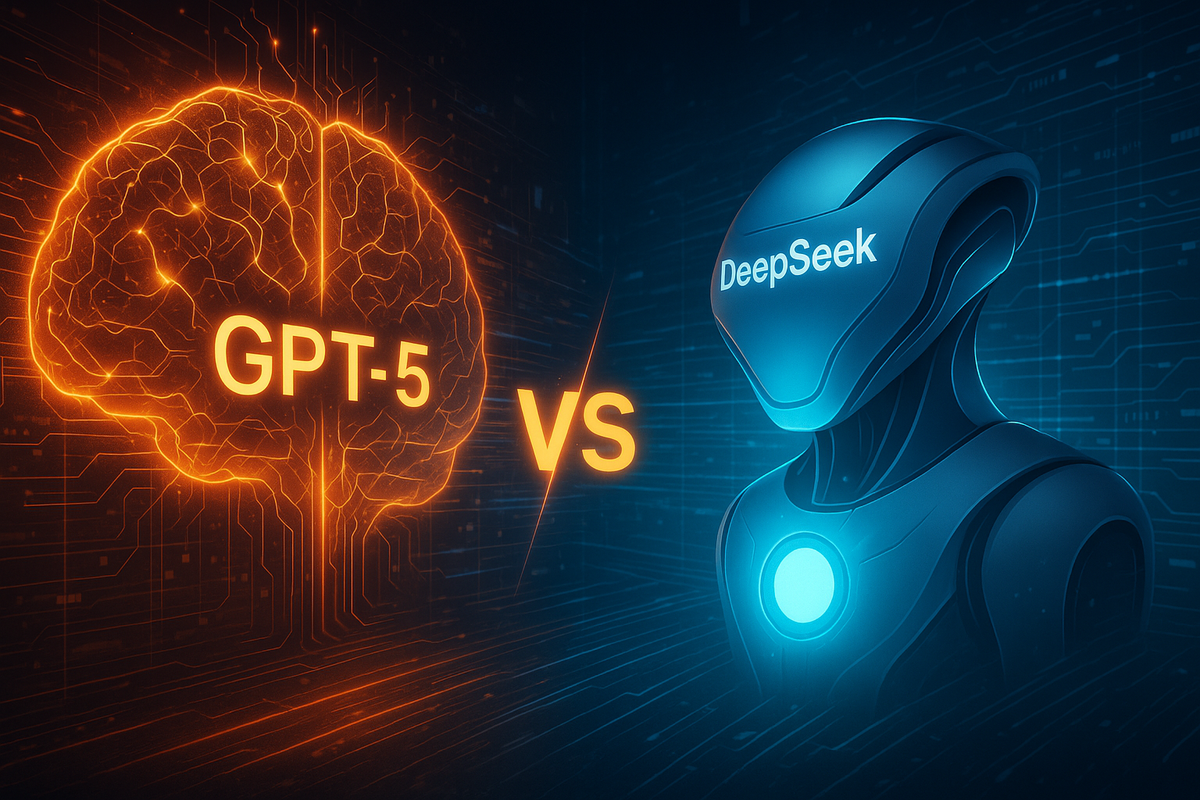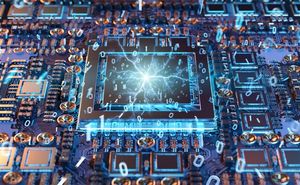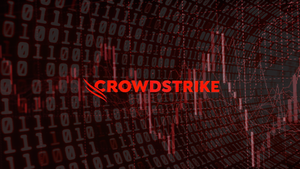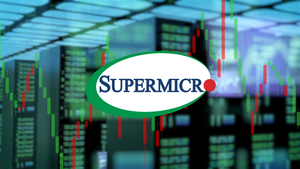
The artificial intelligence landscape is on the cusp of a transformative period, marked by an intensifying rivalry between two distinct philosophies of AI development: the raw, unbridled power exemplified by the newly launched GPT-5, and the cost-effective, efficient innovation championed by Chinese AI firm DeepSeek. This dynamic interplay is set to redefine the future trajectory of AI, forcing a critical re-evaluation of whether sheer computational might or optimized efficiency will ultimately dictate market dominance and technological advancement. The emergence of GPT-5, with its anticipated leaps in unified intelligence and autonomous capabilities, directly confronts DeepSeek's established strengths in advanced reasoning and its commitment to open-source models, particularly with its DeepSeek-V3 and DeepSeek-R1 iterations. This clash of titans promises to accelerate innovation, but also raises fundamental questions about accessibility, resource consumption, and the very nature of intelligence in the digital age.
The Dawn of a Dual AI Era: GPT-5's Ascent Meets DeepSeek's Strategic Efficiency
The recent unveiling of GPT-5 by OpenAI (NASDAQ: MSFT) marks a significant milestone, heralding a new generation of large language models (LLMs) poised to deliver unprecedented levels of unified intelligence, drastically reduced hallucinations, and sophisticated autonomous agent capabilities. This leap is expected to push the boundaries of what AI can achieve, from complex problem-solving to highly nuanced content generation, potentially setting a new benchmark for general AI proficiency. The timeline leading up to this moment has been characterized by a relentless pursuit of scale and capability by OpenAI, building upon the foundational successes of GPT-3 and GPT-4, each iteration demonstrating exponential improvements in understanding and generation.
In stark contrast, and yet in direct competition, stands DeepSeek, a prominent Chinese AI company that has carved out a formidable niche through its focus on highly efficient and cost-effective large language models. DeepSeek's strategy revolves around optimizing performance per compute, making advanced AI more accessible and economically viable for a broader range of applications and users. Their flagship models, such as DeepSeek-V3 and the reasoning-focused DeepSeek-R1, have garnered attention for their impressive reasoning capabilities and their open-source approach, fostering a collaborative ecosystem for AI development. This open-source philosophy, in particular, positions DeepSeek as a significant player, democratizing access to powerful AI tools and potentially accelerating innovation across the industry by allowing developers worldwide to build upon their foundational models. The initial market reaction to this dual development is one of cautious optimism mixed with strategic re-evaluation, as companies and developers weigh the benefits of raw power against the advantages of efficiency and openness. Key players and stakeholders involved include not only OpenAI and DeepSeek themselves but also major cloud providers like Amazon (NASDAQ: AMZN) Web Services and Google (NASDAQ: GOOGL) Cloud, hardware manufacturers like Nvidia (NASDAQ: NVDA), and a myriad of AI startups and enterprises looking to integrate these advanced models into their products and services.
The Shifting Sands of AI Dominance: Who Wins and Who Loses?
The intensifying competition between GPT-5's raw power and DeepSeek's efficient innovation will undoubtedly create clear winners and losers across the AI ecosystem. OpenAI (NASDAQ: MSFT), as the developer of GPT-5, stands to gain significantly from its anticipated technological superiority. If GPT-5 delivers on its promise of unified intelligence and reduced hallucinations, it could solidify OpenAI's position as the leading provider of cutting-edge, general-purpose AI, attracting premium enterprise clients and further integrating its models into a vast array of applications. This would translate into increased revenue streams from API access and partnerships, bolstering Microsoft's strategic investments in the company.
Conversely, other large language model developers who cannot match GPT-5's scale or DeepSeek's efficiency might find themselves at a disadvantage. Smaller AI startups or research labs focusing on general-purpose LLMs could struggle to compete with the resources and capabilities of these two giants. However, companies that specialize in niche applications or vertical-specific AI solutions, leveraging either GPT-5's advanced capabilities or DeepSeek's cost-effectiveness, could emerge as winners. For instance, businesses requiring highly efficient, deployable AI for edge computing or resource-constrained environments might gravitate towards DeepSeek's models, benefiting from lower operational costs and faster inference times.
DeepSeek itself is positioned to be a major winner, particularly if the market increasingly values efficiency and open-source collaboration. Their strategy of providing powerful yet accessible models could attract a large developer community and enterprises looking for alternatives to proprietary, high-cost solutions. This could lead to widespread adoption of DeepSeek's models, establishing them as a de facto standard in certain segments of the AI market. Hardware manufacturers like Nvidia (NASDAQ: NVDA) are also poised to win, as both approaches necessitate significant computational power, whether for training massive models like GPT-5 or for deploying efficient models at scale. The demand for advanced GPUs and specialized AI accelerators will only continue to surge, benefiting these foundational technology providers.
Industry Repercussions and Broader Implications
This evolving dynamic between GPT-5 and DeepSeek is more than just a corporate rivalry; it represents a pivotal moment in the broader AI industry, fitting squarely into the ongoing debate about the optimal path for AI development. On one side, the "scaling hypothesis" championed by OpenAI suggests that larger models with more parameters and training data inherently lead to more capable and intelligent AI. On the other, DeepSeek's success underscores the importance of architectural innovation, data efficiency, and optimization techniques to achieve high performance with fewer resources. This dichotomy will likely spur further research and development in both directions, pushing the boundaries of what's possible in AI.
The potential ripple effects on competitors and partners are substantial. Companies that have heavily invested in developing their own foundational LLMs might need to re-evaluate their strategies, potentially shifting towards specialized applications or integrating third-party models from either OpenAI or DeepSeek. Cloud providers will see increased demand for AI-optimized infrastructure, but also a need to offer diverse services that cater to both resource-intensive training and efficient inference. The open-source nature of DeepSeek's models could also foster a more vibrant and collaborative AI ecosystem, potentially accelerating the pace of innovation across the board as developers freely build upon and contribute to these models.
Regulatory and policy implications are also significant. As AI models become more powerful and pervasive, concerns around bias, safety, and ethical use will intensify. Governments and regulatory bodies worldwide will likely face increased pressure to establish frameworks for responsible AI development and deployment. The open-source nature of DeepSeek's models could present both opportunities and challenges for regulators, offering transparency but also potentially making it harder to control misuse. Historically, similar technological leaps, such as the advent of the internet or mobile computing, have led to periods of intense competition, rapid innovation, and subsequent regulatory scrutiny, suggesting that the AI industry is entering a similar transformative phase.
The Road Ahead: Navigating AI's Next Chapter
The immediate future of AI development will be characterized by a fascinating interplay between these two dominant paradigms. In the short term, we can expect a surge in applications leveraging GPT-5's advanced capabilities, particularly in areas requiring complex reasoning, creative generation, and multi-modal understanding. Enterprises seeking to push the boundaries of AI integration will likely flock to OpenAI's offerings. Concurrently, DeepSeek's efficient and open-source models will likely see increased adoption in scenarios where cost-effectiveness, deployability on diverse hardware, and community-driven development are paramount. This could include edge AI applications, smaller-scale enterprise solutions, and academic research.
In the long term, this competition could lead to a convergence of strategies, where even the largest models incorporate efficiency techniques, and efficient models strive for greater general intelligence. We might see hybrid approaches emerging, combining the strengths of both philosophies. Potential strategic pivots for companies in the AI space include specializing in specific AI verticals, developing robust MLOps platforms to manage diverse models, or focusing on data curation and fine-tuning services that enhance the performance of foundational models. Market opportunities will emerge in areas like AI safety and ethics, specialized AI hardware, and the development of tools that facilitate the seamless integration and management of various LLMs.
Potential scenarios include a future where a few dominant foundational models (like GPT-5 and DeepSeek's offerings) become the underlying infrastructure for most AI applications, or a more fragmented landscape where specialized models proliferate. The outcome will largely depend on which value proposition—raw power or efficiency—proves more compelling for the broadest range of users and applications. Investors should closely watch adoption rates of both GPT-5 and DeepSeek's models, the emergence of new AI applications, and any shifts in regulatory sentiment. The ability of companies to adapt to this evolving landscape, either by leveraging the most powerful models or by optimizing for efficiency, will determine their success in the coming months and years.
Conclusion: A Defining Moment for Artificial Intelligence
The simultaneous rise of GPT-5's unparalleled power and DeepSeek's strategic efficiency marks a defining moment in the evolution of artificial intelligence. This dynamic competition is not merely about which company builds the "best" model, but rather about shaping the fundamental direction of AI development itself. The key takeaway is that the future of AI will likely be a nuanced balance between pushing the boundaries of raw intelligence and optimizing for practical, cost-effective deployment. OpenAI's pursuit of unified, highly capable AI sets a new standard for what's possible, while DeepSeek's commitment to efficiency and open-source models democratizes access and fosters broader innovation.
Moving forward, the market will be characterized by increased specialization and a greater emphasis on the practical application of AI. Companies that can effectively harness either the immense power of models like GPT-5 or the economic advantages of DeepSeek's offerings will be best positioned for success. Investors should closely monitor the adoption rates of these foundational models across various industries, the emergence of new business models built on AI, and the ongoing regulatory discussions surrounding AI governance. The lasting impact of this competition will be a more mature, diverse, and ultimately more capable AI ecosystem, where both raw power and intelligent efficiency play crucial roles in driving technological progress and societal transformation. The coming months will be critical in revealing which path, or combination thereof, will ultimately define the next era of artificial intelligence.





